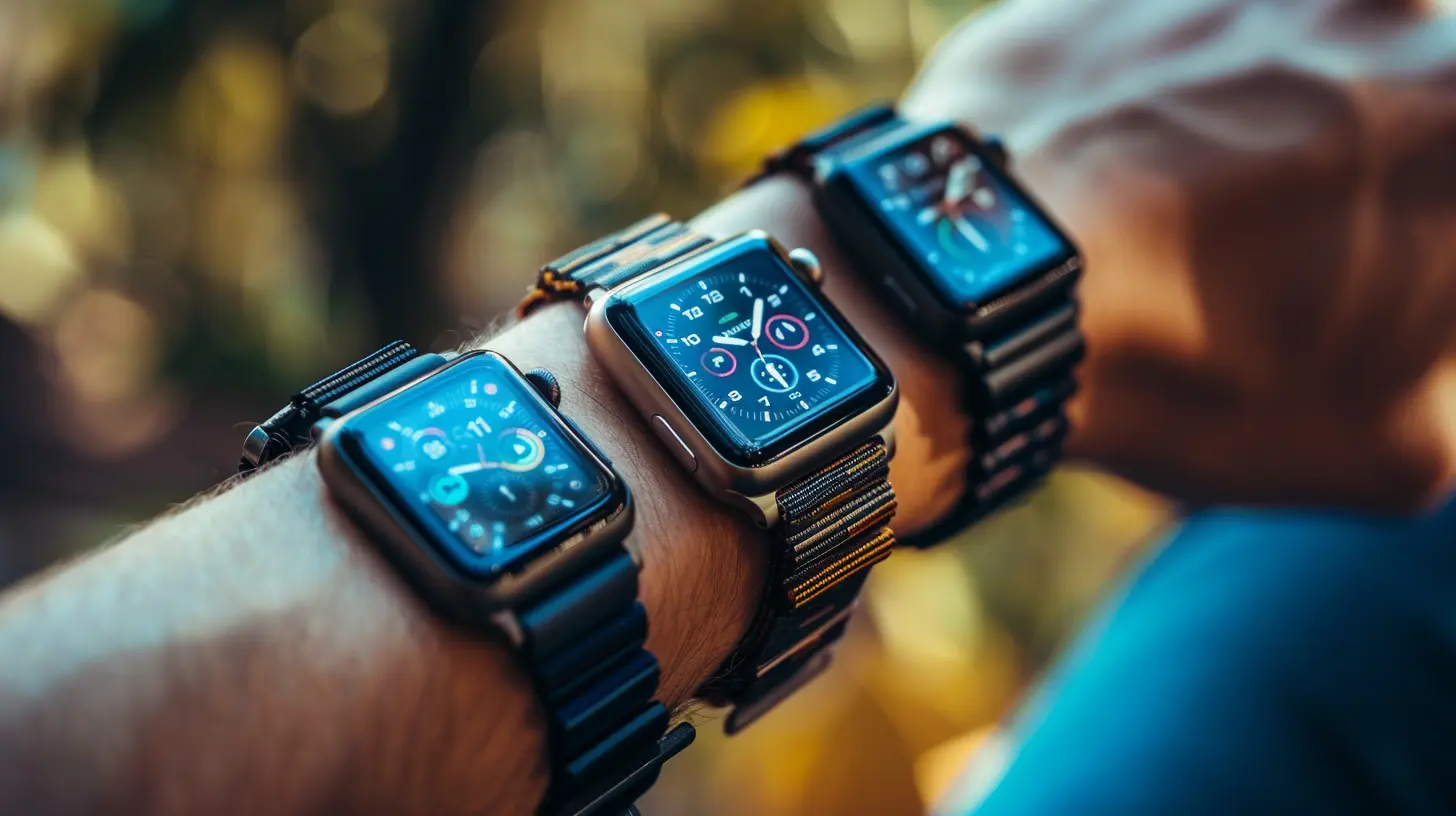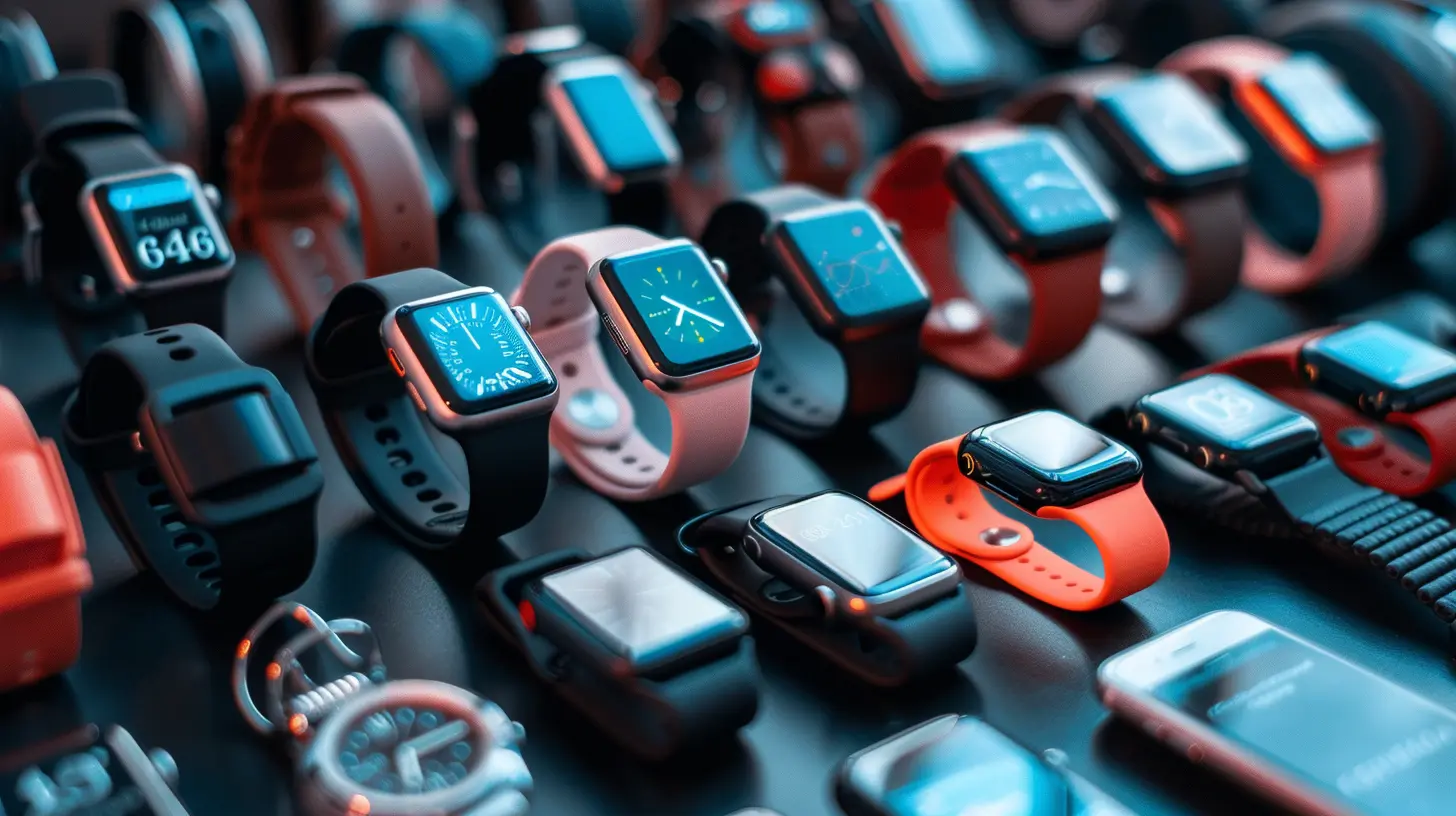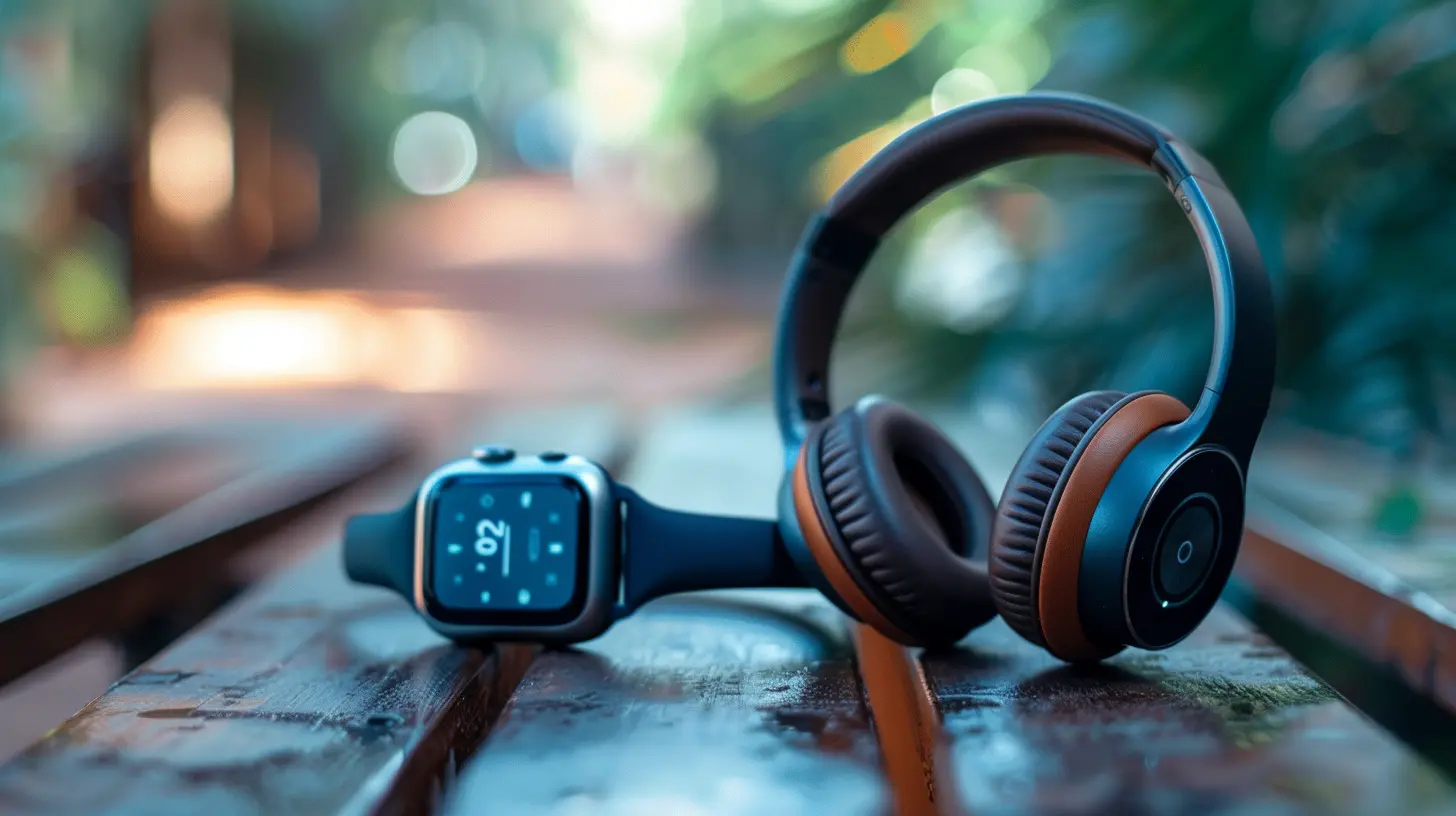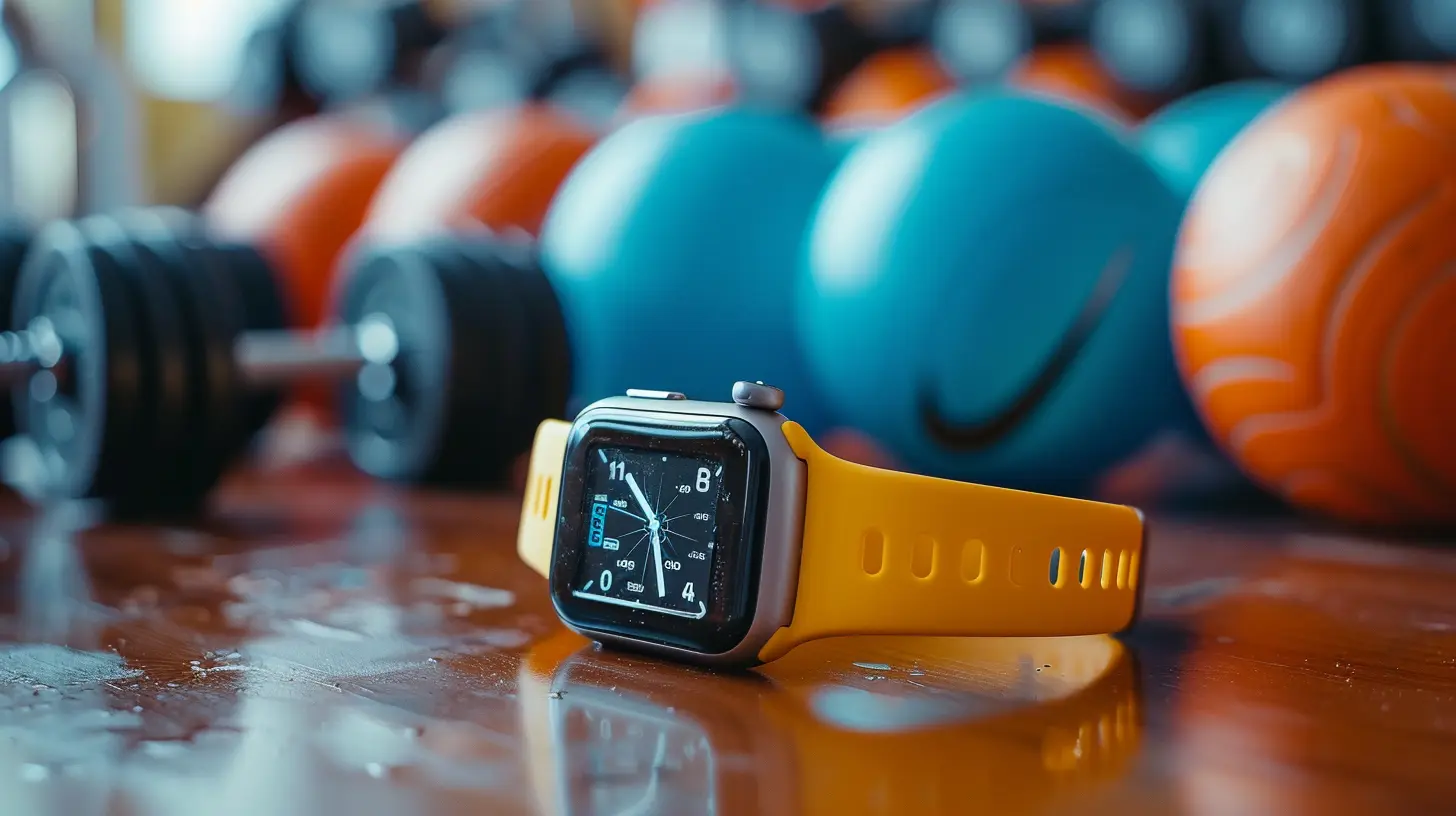The Role of Bluetooth in Modern Wearable Fitness Devices
16 August 2025
Wearable fitness devices have become an essential part of our daily lives. From tracking steps to monitoring heart rate, these tiny gadgets do it all. But have you ever wondered how they communicate with your smartphone or other devices? The answer is Bluetooth.
Bluetooth plays a massive role in ensuring these fitness wearables work seamlessly, offering real-time data, notifications, and connectivity without the need for wires. Let’s dive deep into how this simple yet powerful technology fuels the world of fitness tracking.

What is Bluetooth and Why Does It Matter?
Bluetooth is a wireless communication technology used to transfer data over short distances. It eliminates the need for messy cables and allows seamless interaction between devices. In the world of wearables, Bluetooth is the bridge between your fitness tracker and smartphone, enabling real-time syncing, data sharing, and more.Without Bluetooth, wearable fitness devices would be nothing more than standalone gadgets, unable to share insights or integrate with your phone’s apps. This technology transforms fitness wearables into powerful tools that help you monitor your progress effortlessly.

How Bluetooth Enhances Wearable Fitness Devices
1. Seamless Data Syncing
One of the biggest advantages of Bluetooth in fitness wearables is automatic data syncing. Whether you're counting steps, tracking sleep, or monitoring heart rate, your fitness tracker sends this data to your smartphone in real time.Imagine going for a morning run. By the time you return home, your phone already has a detailed breakdown of your pace, distance, and calories burned—without any manual effort.
2. Low Power Consumption
Battery life is a major concern for wearable devices. Thankfully, Bluetooth Low Energy (BLE) ensures minimal power consumption. Unlike traditional Bluetooth, BLE is designed specifically for devices that need to transmit data without draining power.This is what allows fitness trackers and smartwatches to last for days (or even weeks) on a single charge. Without Bluetooth Low Energy, you'd likely be charging your fitness tracker as often as your smartphone—talk about a hassle!
3. Real-Time Notifications
Bluetooth doesn’t just help with fitness tracking; it also keeps you connected. Your smartwatch or fitness tracker can deliver call alerts, message notifications, and even calendar reminders—all without needing to pull out your phone.This is especially useful during workouts. Picture yourself in the middle of an intense session at the gym. A quick glance at your wrist can tell you if a notification is important or something that can wait.
4. Wireless Audio for Workouts
Fitness enthusiasts know that a great workout is often fueled by music or podcasts. Bluetooth enables a wireless audio experience, allowing you to connect your fitness tracker (or smartwatch) to Bluetooth headphones or earbuds.No more struggling with tangled wires while running or lifting weights. With Bluetooth, your device streams music effortlessly, keeping you motivated during workouts.
5. Improved Accuracy with Connected Sensors
Many high-end fitness wearables support external sensors, such as chest strap heart rate monitors, power meters for cyclists, or foot pods for runners. These external sensors use Bluetooth to communicate with the wearable device, providing highly accurate and detailed metrics.For serious athletes, this is a game-changer. Instead of relying solely on a wrist-based sensor, they can optimize their training with precision tracking.
6. Social and Competitive Features
Bluetooth also enables social and competitive elements in fitness tracking. Devices can sync with fitness apps like Strava, MyFitnessPal, or Fitbit, allowing users to compete with friends, share progress, and even participate in challenges.Nothing boosts motivation like a friendly competition. When your fitness device automatically updates your stats to these platforms via Bluetooth, staying engaged in your fitness journey becomes effortless.

The Evolution of Bluetooth in Wearable Fitness Devices
Bluetooth technology has come a long way since its inception. The latest Bluetooth versions, such as Bluetooth 5.0 and 5.3, offer improved range, faster data transfer speeds, and even better power efficiency.This evolution has directly impacted wearable fitness devices, making them more reliable, efficient, and feature-packed than ever before.
Bluetooth Classic vs. Bluetooth Low Energy (BLE)
While Bluetooth Classic is great for high-data applications like streaming audio, Bluetooth Low Energy (BLE) is what powers most fitness wearables. BLE ensures that your device remains connected while consuming minimal energy.Think of Bluetooth Classic as a gas-guzzling sports car—powerful but not ideal for efficiency. On the other hand, BLE is like a hybrid car—designed to get the job done without using too much fuel.

Potential Bluetooth Challenges in Fitness Wearables
Despite its many advantages, Bluetooth is not without its challenges.1. Connectivity Issues
Sometimes, fitness trackers lose connection with smartphones due to interference, low battery, or software glitches. While newer versions of Bluetooth have minimized these issues, occasional disconnections can still be frustrating.2. Security Concerns
Since Bluetooth transmits data wirelessly, there is always the risk of unauthorized access. Hackers can potentially intercept unencrypted Bluetooth signals, but most modern wearables use encryption and security measures to combat this.3. Limited Range
Bluetooth typically has a range of about 30 feet (10 meters). If you walk too far from your paired smartphone, your fitness tracker may disconnect. However, newer versions of Bluetooth have improved range, reducing this issue.The Future of Bluetooth in Wearable Fitness Devices
Looking ahead, Bluetooth technology will continue to play a key role in wearable fitness devices. Some future developments we can expect include:- Better Indoor Positioning: Bluetooth will enhance location tracking indoors, helping users navigate gyms or large fitness centers more accurately.
- Enhanced Energy Efficiency: Future versions of Bluetooth will consume even less power, extending battery life for wearables.
- Stronger Security Features: As cyber threats evolve, Bluetooth encryption and security protocols will improve to keep user data safe.
- Improved Connectivity & Range: New advancements will allow wearables to maintain strong connections even in challenging environments.
Final Thoughts
Bluetooth is the silent force powering modern wearable fitness devices. From real-time tracking and notification syncing to wireless audio and external sensor connections, it ensures fitness wearables remain functional and efficient.As technology advances, we can expect Bluetooth to continue evolving, making fitness tracking even more seamless and integrated into our lives. The next time you strap on your smartwatch or fitness tracker, take a moment to appreciate how Bluetooth is keeping you connected, informed, and motivated on your fitness journey.
all images in this post were generated using AI tools
Category:
Bluetooth DevicesAuthor:

Reese McQuillan
Discussion
rate this article
1 comments
Myles Peterson
Bluetooth is essential for seamless connectivity in fitness wearables.
August 23, 2025 at 4:29 AM

Reese McQuillan
I completely agree! Bluetooth plays a crucial role in enabling real-time data transfer and enhancing the overall user experience in fitness wearables.


